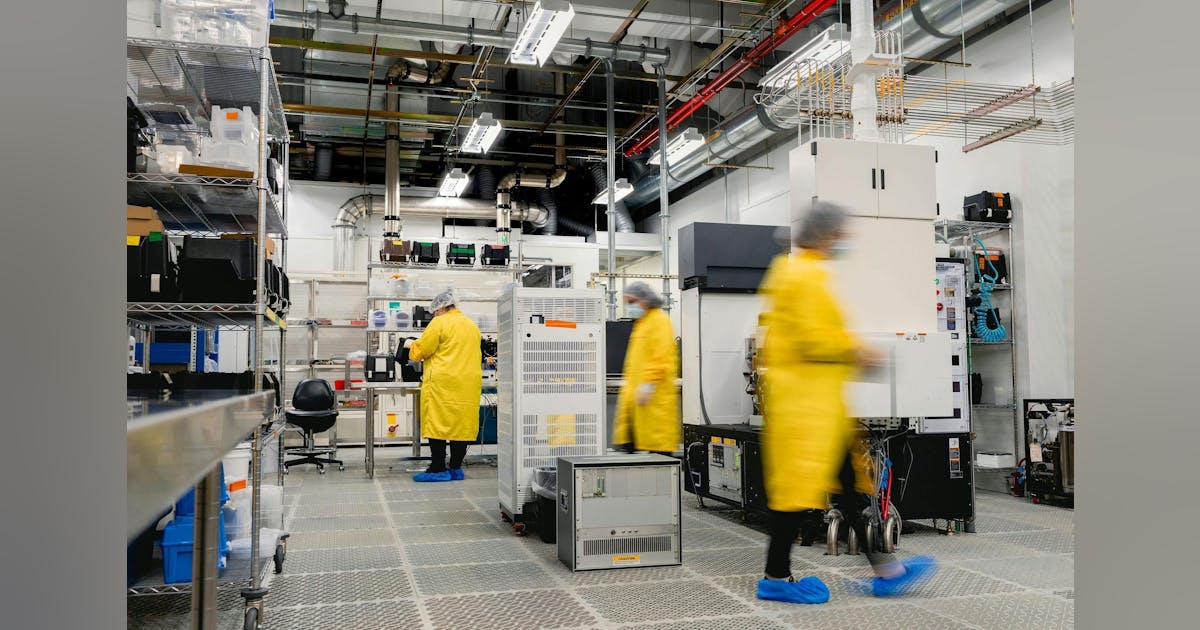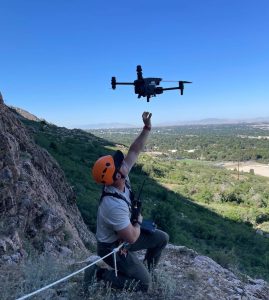SpaceWERX Grants Solestial $1.2 Million to Enhance Solar Array Technology
Solestial Inc. has been awarded a $1.2 million contract by SpaceWERX, the US Space Force’s innovation branch, to advance its solar array wing technology for small satellites. This development marks a significant step forward in the pursuit of affordable, scalable, and resilient solar energy solutions for space.
What Sets Solestial Apart?
Based in Tempe, Arizona, Solestial Inc. is distinguished by its innovative silicon solar cell technology, tailored for space’s harsh conditions. Unlike traditional costly space solar cells made from materials like gallium arsenide, Solestial’s silicon cells are engineered to:
- Self-repair radiation damage when exposed to sunlight at 65°C.
- Operate effectively for up to a decade in space.
- Be lightweight and suitable for rapid, cost-effective manufacturing.
This technology promises up to 90% cost savings over traditional III-V solar products, opening new possibilities for both defense and commercial applications.
Objectives of the SpaceWERX Contract
The awarded Direct-to-Phase II SBIR contract aims to develop an innovative solar array wing concept to meet evolving space mission demands. Key objectives include:
- Automated manufacturing for rapid production and assembly.
- Use of ultrathin silicon cells for durability and low mass.
- Achieving at least 1 kilowatt of power per unit, deployable within a month.
- Innovative electrical connectors to expedite manufacturing and boost reliability.
Significance of This Advancement
In the traditional space sector, satellite power systems pose significant limitations due to their cost, weight, and lengthy production time. The introduction of Solestial’s technology, with its potential for mass production and major cost reduction, offers a transformative approach for the construction of mega-constellations and quick-response defense missions.
Comparative Analysis of Solar Technologies
Solestial’s innovation is measured against other solar technologies like NASA’s Roll-Out Solar Arrays (ROSA), providing a unique proposition with its flexible, automated, self-healing silicon cells designed for small satellites and rapid mission turnarounds.
| Technology | Deployment | Cost | Power Density | Lifespan | Notable Features |
|---|---|---|---|---|---|
| III-V (e.g., GaAs) Arrays | Rigid | High (~$750/W) | 25-66 W/kg | 10+ years | Proven, radiation-resistant |
| ROSA | Flexible | Medium | 30+ kW/panel | Years | Rolls up, scalable, easy to launch |
| Solestial | Flexible | Low (up to 90% savings) | Not published (but low-mass) | 10 years | Automated, fast, self-healing silicon, ultrathin |
Revolutionary Approach
Solestial’s self-healing cells rejuvenate in sunlight, reducing degradation and extending lifespan. The automated production process enables mass manufacturing akin to newspaper printing, facilitating cost-effective scaling for future constellations and defense needs.
Implications for Defense and Commercial Sectors
With its $457 million innovation budget, SpaceWERX sees fast, affordable solar energy as vital for quick deployment of more satellites, enhanced system resilience, and improved energy capacity for advanced payloads. This technology positions the US favorably in the competitive space landscape.
Future Potential Beyond Satellites
Solestial’s advancements foreshadow developments in lunar bases, asteroid mining, and interplanetary missions, where traditional solar solutions are too cumbersome. Their flexible solar wings could power lunar outposts and science stations orbiting or landing on celestial bodies, fostering exploration and resource utilization.
The Solestial Team
Driven by the ambition to democratize space energy, Solestial’s team combines diverse expertise in engineering and materials science, pushing boundaries in space solar technology.
“Our mission is to provide reliable, affordable, self-healing solar power for exploration and commerce beyond Earth, no matter the destination,” the founding team expresses, embodying the pioneering spirit needed for space advancements.
Impact Stories and Expert Advice
Solestial’s solar arrays hold promise for hundreds of small satellite operators, defense assets requiring rapid deployment, and extended science missions, significantly reducing costs and enhancing productivity.
If you’re planning a new satellite, prioritize adaptable power systems. Solestial’s technology offers reduced launch mass and expedited deployment.
The industry shift towards versatile, repairable solar systems is already visible, marking Solestial’s technology as a frontrunner.
For more detailed insights, visit the Original Article.













